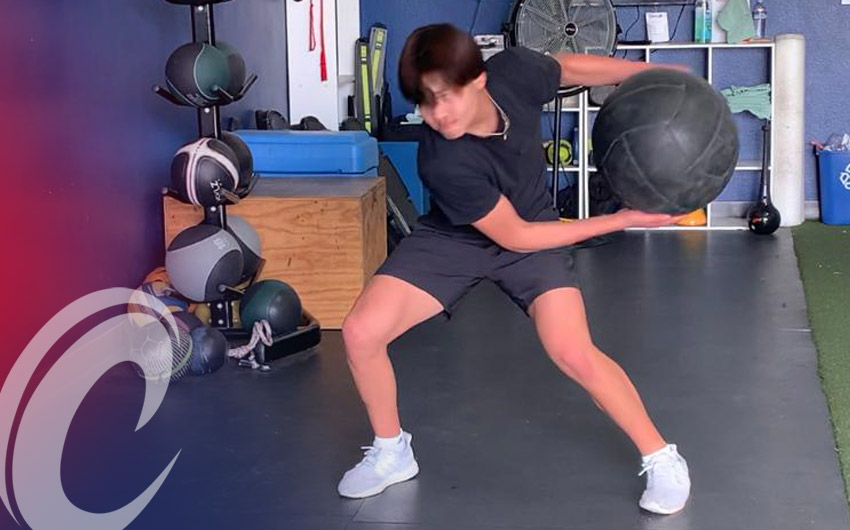The off-season for a hockey player seems to get shorter and shorter every year. Every athlete I see in our facilities wants to get bigger and stronger or rehabilitate a nagging injury from the previous season. When are we supposed to find the time to achieve these goals when we never stop getting on the rink for drills? I have even seen coaches and dads (although well-intentioned) haphazardly throwing out ladders and hurdles in the rink parking lot running players without a plan on dangerous surfaces. Because of the narrow window athletes have as an off-season, it is imperative to set up a plan for improved performance goals with a purpose.
At around the age of 12, hockey players can start learning how to train in the gym to get stronger. Working with a strength coach who knows the game of hockey and can teach proper movement patterns and strength gains can lead to improved on-ice performance and help prevent injuries. At age 14, the hockey player can really progress with weights to build strength and power for hockey. A good strength coach will craft a plan custom to that player’s needs. Rest and recovery days should be included in the plan to avoid burnout and overuse injury. This is an important time period for young athlete to develop good habits in taking care of themselves and putting themselves in a good position to be healthy and strong for the upcoming season.
Certified athletic trainers are a great resource to take care of the nagging injuries leftover from the previous season. Once they rehabilitate the injury, they can assist the hockey player in a return to play program oriented around the sport. It’s not just about getting back to normal, but performing all the skills necessary to play the game.
As tryouts loom, getting on the rink to keep up the skills becomes important. Just don’t forget the small window we have to make gains off the ice, as well. Get into other sports to learn new athletic skills. Get with a strength coach in the gym. Get with an athletic trainer to recover from injury and address any deficits that you cannot get to when in-season. But most importantly, get a plan together so you can work towards performance-driven goals with purpose.
Mike Hannegan is an Athletic Trainer and Strength Coach with ten years of experience in the NHL with the Anaheim Ducks and St. Louis Blues. He is currently the Director of the Compete Sports Performance and Rehabilitation facility inside The Rinks Yorba Linda Ice located in beautiful Orange County, CA. He can be reached at mike@competeperformance.com.

